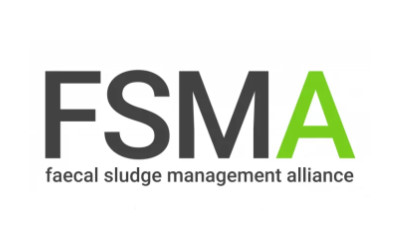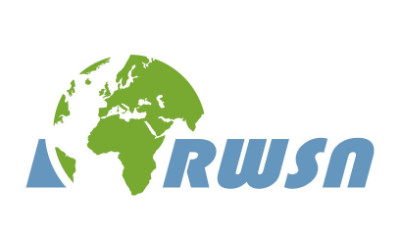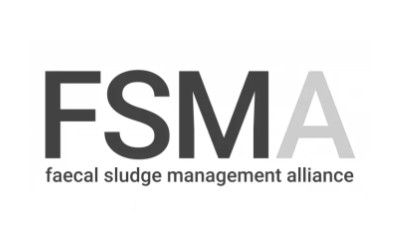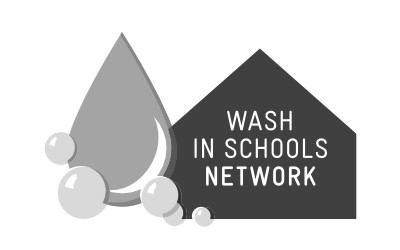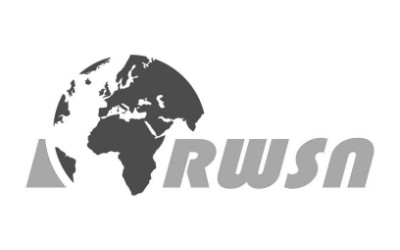Direct electricity from fecal sludge in bioelectric systems - Various documents on results from research grant
Ren, Z. (2013)
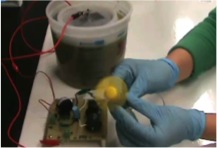
Published in: 2013
Publisher:
University of Colorado, Boulder, USA
Author:
Ren, Z.
Uploaded by:
SuSanA secretariat
Partner profile:
common upload
4883 Views
0 Downloads
Content - Summary
This library entry contains background documents for a grant that Zhiyong Ren is leading and which is funded by the Bill and Melinda Gates Foundation.
Further information and a discussion is available on the SuSanA discussion Forum, see link below.
Goal(s): The goal of this project is to develop a low cost and easy-to-operate bioelectric reactor that uses microbes to break down waste and convert it to usable electricity and chemicals. This technology could provide a self-sustainable solution for communities in need of both sanitary waste disposal and an energy supply.
Activities or key research components:
We focus on developing low cost and easy-to-operate bioelectric toilets to treat fecal sludge and directly convert waste to usable electric energy and chemicals. The principle and operation of bioelectric toilets are relatively simple, but it represents a completely new method for high quality energy and chemical recovery from waste. In the reactor anode chamber, microorganisms degrade fecal sludge as their substrate and transfer electrons to the anode during anaerobic respiration. The electrons then flow to the cathode through external circuits, where they are harvested for electricity generation or chemical production. The electrodes can be low-cost and locally available materials. Indigenous bacteria can be used as catalysts on both the anode and air-cathode to reduce cost and promote sludge treatment.
Compared to current sludge processing technologies, the bioelectric toilet has several advantages that are suitable for onsite application in urban poor communities:
1. Our lab and field tests showed that the bioelectric toilet stabilizes and degrades >80% of fecal waste within a few days. Odor generating ammonia was removed by >75% in the same period. Reactor design shows that a 3-5 m3 reactor can sustainably handle the waste produced by a 100 people community.
2. The toilet doesn’t need any energy input except occasional manual mixing, so the electricity produced can be directly used by the community. Our prototype reactor produced 8 W/m3 electricity in the lab, and our field demonstration showed LED lights was powered by the toilet.
3. Experimental results showed that microbial communities were resilient to the variations of sludge loadings and environmental condition changes. Compared to the reduced performance of anaerobic digestion at low temperature, our system can keep its performance at even 4 °C.
4. The requirements of operation and maintenance of an established toilet can be minimal, as the microbial activity will be self-sustained and the sludge volume will be reduced significantly. The system can also be easily converted to an anaerobic digester if needed.
Research or implementation partners: Water for People, Universities in several Countries in Africa
+++++++++++
Documents available for download below:
- none available yet, please check back later
Bibliographic information
Ren, Z. (2013). Direct electricity from fecal sludge in bioelectric systems - Various documents on results from research grant. University of Colorado, Boulder, USA
Filter tags
English Fundamental research and engineering North America







